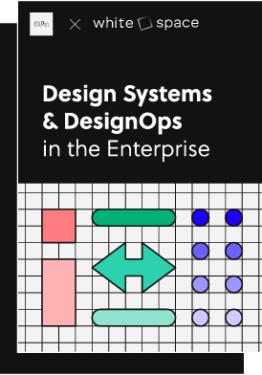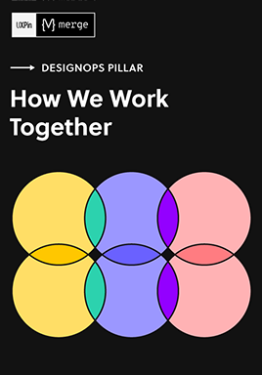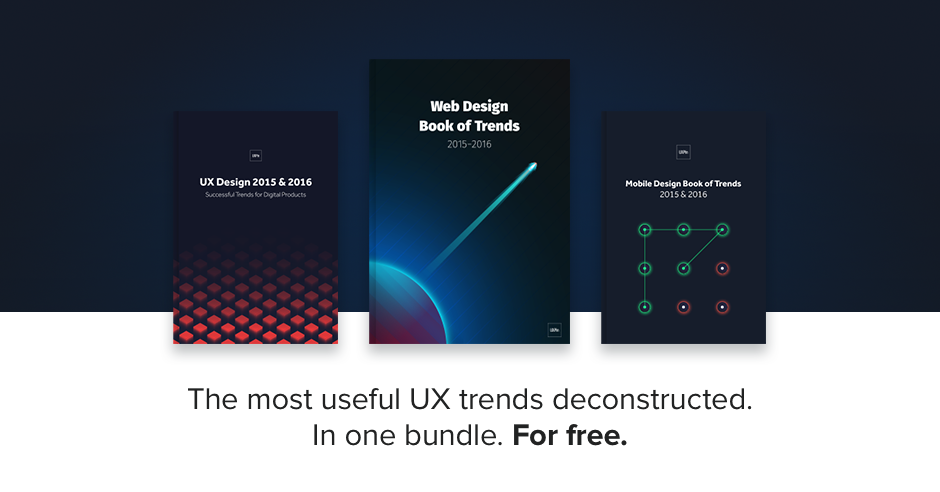In part 1, we described the overall attributes of great product designers. We also dove into tips for fulfilling user goals and business goals, shipping products, and focusing on the right problems.
Now, we’ll explore tips and resources for the following areas:
- How to refine your design decisionmaking
- Killing the designer ego
- Prioritizing features properly
- Communicating clearly with stakeholders
- Running effective usability tests in a hurry
Develop Fast Thinking and Decision-Making
In a perfect world, you’d have unlimited resources of money, talent and time. Reality, however, dictates that you’ll must triangulate design decisions based on best practices, your gut instinct, data, and user feedback.
The pitfall here is that you don’t want to miss economical, social and business trends that are shaping the world and changing the behaviour and psychology of your users.
The solution is to keep learning and stay curious. Once you spend enough time in the industry creating, experimenting and constantly learning, your gut will help you to make better decisions through thin-slicing.
Thin-slicing is a term used in psychology and philosophy to describe the ability to find patterns in events based only on “thin slices,” or narrow windows, of experience. The term means making very quick inferences about the state, characteristics or details of an individual or situation with minimal amounts of information.
Below are some of the best resources for design patterns and resources for product designers to refine their judgment.
Little Big Details is a curated list of UI/UX design inspiration.
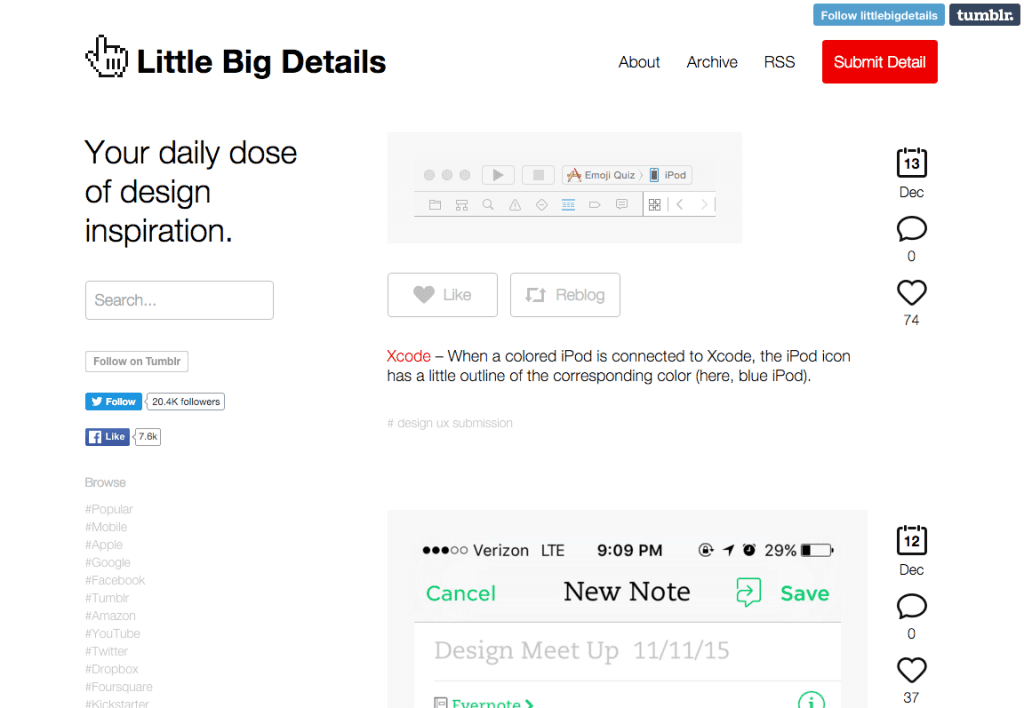
ii. Pttrns
Pttrns is another great curated collection of design patterns, resources and inspiration.
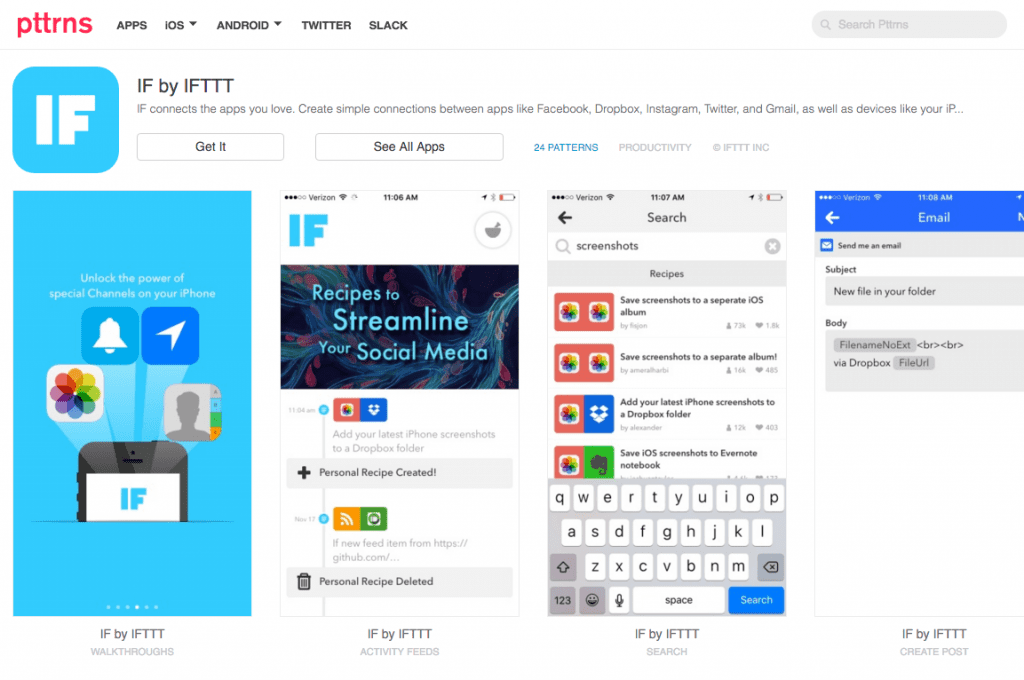
iii. PatternTap
Pattern Tap is all about collecting specific designs and user interaction patterns where designers can learn what works well and why.
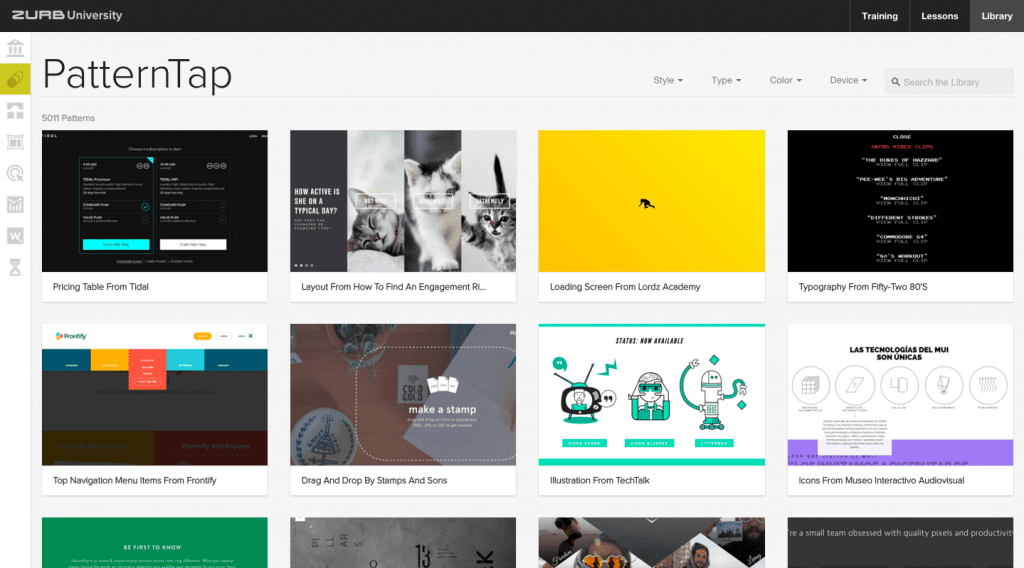
iv. UX Patterns
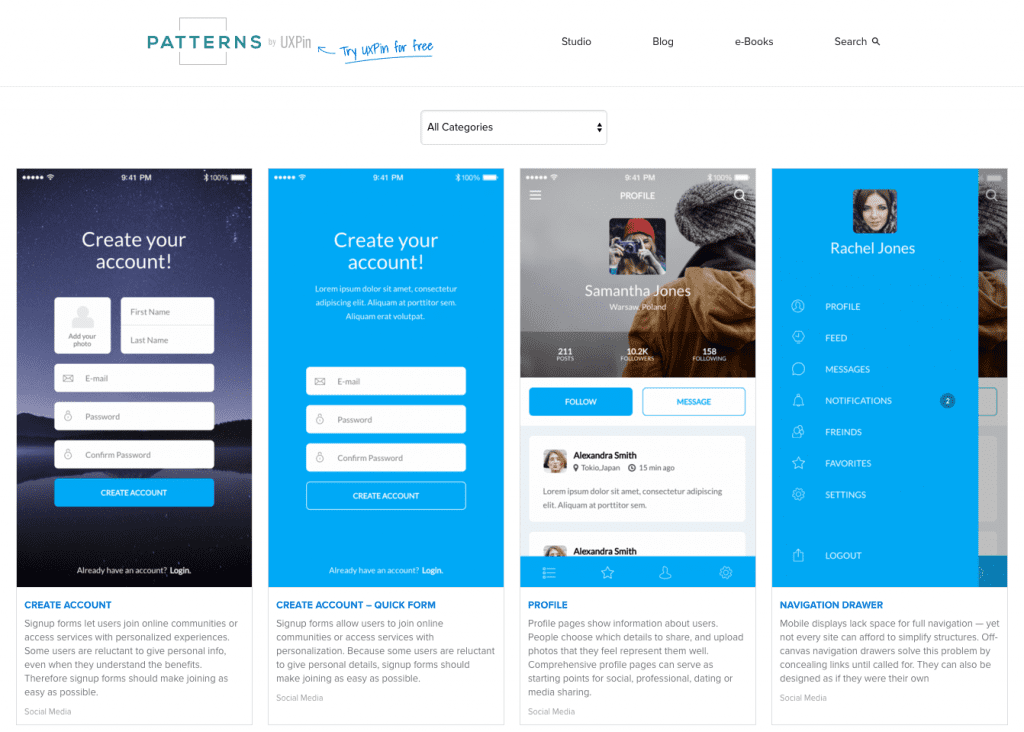
v. UX Archive
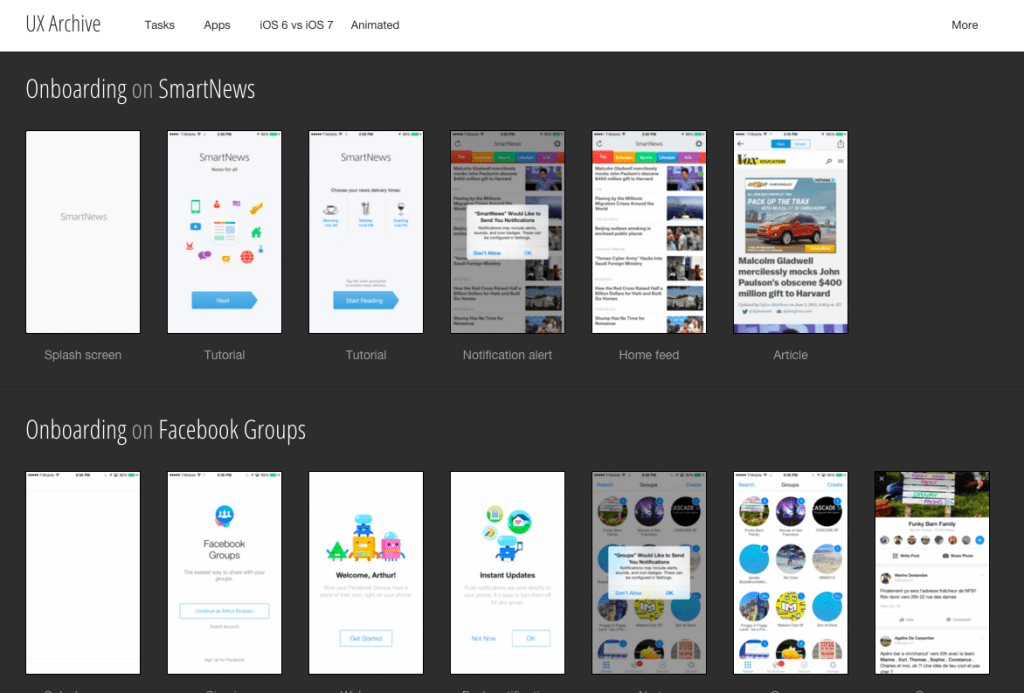
vi. User Onboard
All great product designers the power of onboarding for involving users in a helpful way that also helps generate more income for the business. User Onboarding curates and analyzes the best examples from hundreds of top companies like Slack, Waze, and IFTTT.
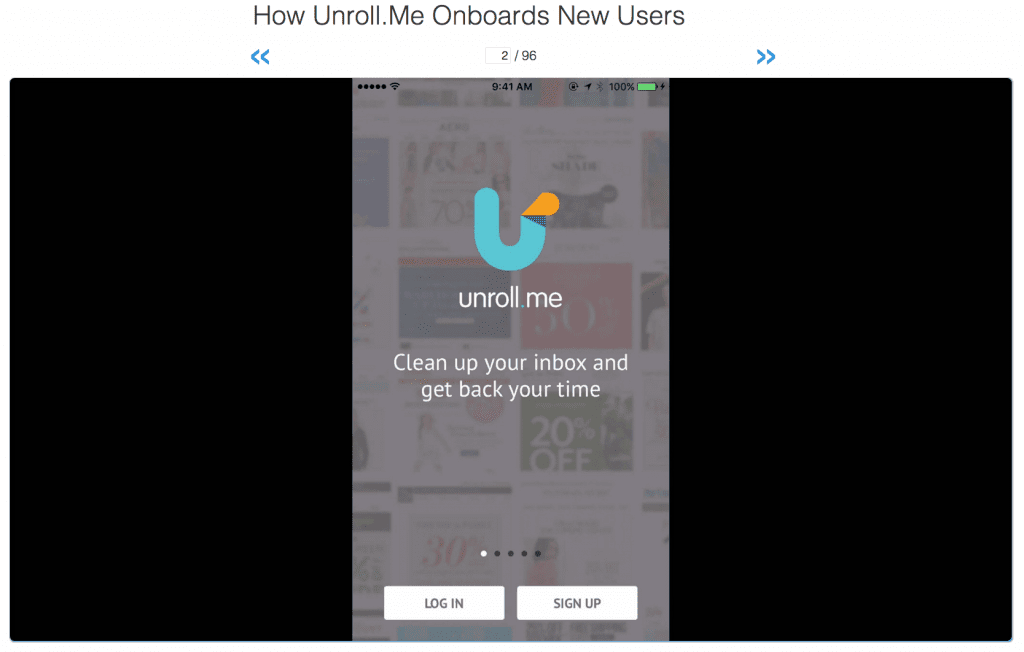
Let Go of Your Ego
No industry in the world benefits from egos taking over the employees. It’s very easy to become good at what you do as you focus on stakeholders and your own ideas, but talent alone will not take you far in any business.
Don’t be the genius that nobody likes. Their initial ideas might be solid, but iteration becomes a pain since collaboration is so difficult.

Photo credit: Christopher Michel. Creative Commons.
In today’s world of Lean and Agile design, product design is now a completely collaborative process. Unless you empathize with your teammates the same way you empathize with users, you’re designing below the curve.
As a product designer, you work with many other professionals like data analysts, marketers, growth hackers, developers and other designers. There will be discussions, there will be arguments and situations where you will not have the right answer.
Don’t get too personal and defensive since you’re working with people toward the same goal. Likewise, don’t be afraid to give credit away – if an idea works, mention everyone’s contributions.
I highly recommend checking out the following resources:
- Your Ego Is a Bad Designer by Christopher Butler
- How to Win Friends and Influence People by Dale Carnegie
- Emotional Intelligence by Daniel Goleman
Kill Your Darlings
The most difficult part of product design is knowing when to say “no”. Bad ideas, after all, are always good ideas in disguise.
Product design is a complex process of trials and errors, but you don’t want to waste your time on too many ideas. You’re searching for the right idea, not the best idea. If you can’t find data to validate the concepts, simply kill it and move on with your brainstorming process.
“Fall in love with a problem, not a specific solution“ — Laura Javier
Most inexperienced designers fall in love with their first idea and don’t want to kill it because they fear it’s the best one. Become more objective and listen carefully to the feedback you get.
Check out the following resources to improve your product decisionmaking:
- Product Strategy Means Saying No by Intercom
- Rarely Say Yes to Feature Requests by Intercom
- Taming Feature Creep In Product Design by UXPin
Communicate With Empathy
Whether you’re pitching your concept or simply communicating with people outside the design world like marketers or developers , make sure that you always provide the proper context for your design decisions.
- When asking for feedback, don’t ask directionless questions like “What do you think?”. Focus the feedback on a specific user goal, e.g. “Does this interface communicate the CTA clearly?”
- To help clarify feedback, try Dustin Curtis’ 3 question rule. When people start prescribing solutions, Curtis’ tactic helps you better reveal the problem they wish to solve.
- Polish your copywriting skills so you can develop the copy for prototypes on your own if needed. The following tools will make you a better writer in no time: Grammarly, Headline Analyzer and 355+ Power Words.
Prioritize Features Ruthlessly
You may want to add this feature and that. our co-founders may have had an epiphany and want to change everything completely.
Your job is to stop them from becoming their own worst enemy.
If product design is about solving business problems, you first need to decide on the most important problems to solve. I highly recommend using an impact vs. effort matrix, as suggested by VP of UX Joe Arcuri.

Photo credit: Time Analyzer
The above matrix acts as a perfect living document for capturing all feature requests (good and bad). Anyone can see the history of product decisions, as well as determine patterns for why certain features were implemented or killed.
The matrix acts as a decision dashboard for the entire product process.
Here’s some more useful resources:
- Just Say No: Hard Decisions for Products by MindTheProduct
- Prioritizing Features by Intercom
- This Product Prioritization Method Helped Pandora Nab $70M by First Round Capital
Practice Quick & Dirty Usability Testing
Stop the guesswork and use data to make decisions. Don’t defend your ideas based only on “design best practices” since that argument doesn’t always resonate with business stakeholders.
Instead, back up your decisions with data and usability testing results. When in doubt, always have your users stand between you and stubborn stakeholders.
Of course, product design timelines don’t always afford weeks of usability testing. To make the most of your time, consider these rapid usability testing tactics as backup (or even primary) tactics:
- Try iterative usability testing. Once you’ve created a lo-fi prototype, invite 5-6 users into your office to test your designs. Set aside 30 minutes for each session, with 15-20 minutes in between to iterate on the design based on the previous session’s feedback.
- Run A/B tests. If you’re working on a web app, try a tool like Optimizely for an easy way to test different design versions.
- Run a hallway usability test with 5 people. If your product isn’t overly technical, you can test it with a few coworkers to first make sure the basic user flows make sense.
Conclusion
A great product designer has the mind of an analyst, the instincts of an entrepreneur, and the heart of a psychologist.
They understand that products are just a vessel for delivering an experience that is enriching to users and profitable to the business. They also know that great product design is defined even more by what you don’t build.
The tactics we described will all help you become less of a handoff recipient and more of a designer who defines and executes constraints based on validation.
If you found this post useful, check out the following free e-books to learn modern techniques for designing websites, web apps, digital products, and mobile apps:

